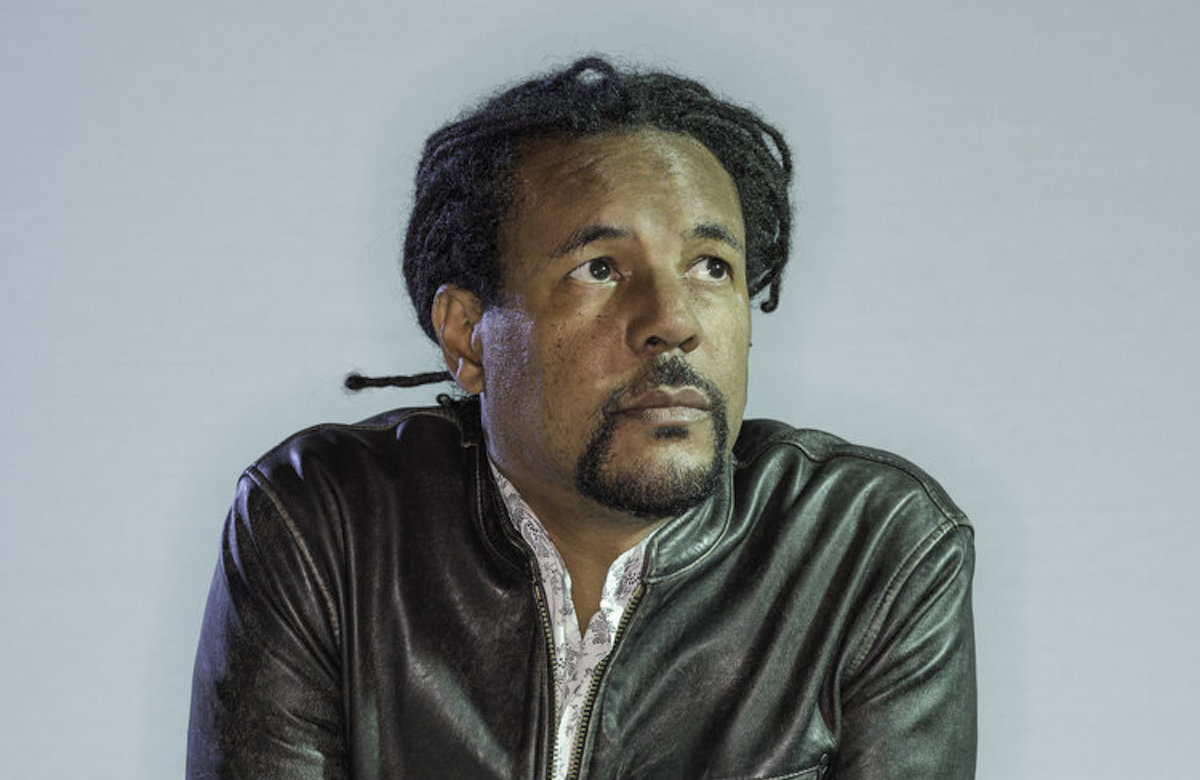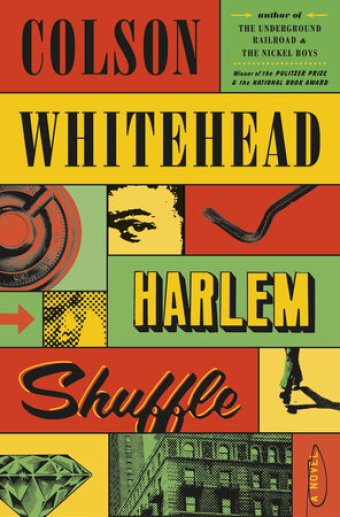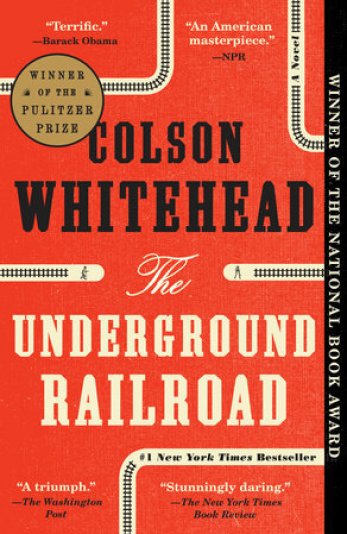Pano: Bend It Like Carney with Colson Whitehead
Do the ‘Harlem Shuffle’

This edition of Pano was originally emailed to subscribers on April 27, 2022. To receive Charles Donelan’s arts newsletter in your inbox each Wednesday, sign up at independent.com/newsletters.
Colson Whitehead, who will be at UCSB’s Campbell Hall on Thursday, April 28, as part of Arts & Lectures’ spring season, has enjoyed as much success as any living American writer. His talent showed early. By the time he published his second novel, he routinely made the shortlists for literature’s top prizes. Steadily honing his craft while advancing in stature, Whitehead took on a wide range of topics and developed a reputation for the originality of his thought and the integrity of his compositions.
Still, it’s hard to imagine how he, or any writer, could have been prepared for the acclaim that greeted the publication of The Underground Railroad in 2016. The Pulitzer Prize, the National Book Award, and the Carnegie Medal for Fiction all went to a novel that also happened to be a #1 New York Times best-seller. Just three years later, he won a second Pulitzer for The Nickel Boys, a mind-bending accomplishment that put him in an elite group of just four authors who have repeated as Pulitzer winners for fiction.

Whitehead’s latest work is Harlem Shuffle, the first volume of a projected trilogy featuring Ray Carney, a Harlem furniture store owner. Building on the scrupulous attention to historical context and using some of the same primary source mining techniques he deployed in The Underground Railroad and The Nickel Boys, Whitehead is using the crime genre as a way to sketch a history of New York City from the late 1950s through the 1980s. Carney combines aspects of a (Black) everyman with a Chandlerian detective’s toughness and street knowledge. On the one hand, Carney upholds the values of a model citizen. As in Chandler’s famous definition of the hero, he goes down the mean streets of Harlem without being mean himself. Yet on the other, he’s hardly “neither tarnished nor afraid,” as Chandler’s description continues.
What Carney is, in the period vocabulary that Whitehead researched and developed for Harlem Shuffle, is “bent.” In addition to selling modest mid-century-modern kitchen sets on time to the good people of northern Manhattan, Carney accepts the occasional cache of stolen merchandise — a television set here, a radio console there. And it adds up. In Harlem Shuffle, it adds up to a role in a daring hotel heist, followed by its consequences: murder and mayhem.
When I spoke with Whitehead by phone last week, he was in Buffalo completing a book tour engagement made before the pandemic and postponed for two years. We talked briefly about New York, research, and creative/criminal tendencies that seem to only come out at night.
CD: Your version of New York City in Harlem Shuffle feels authentic. How did you imagine it so faithfully?
CW: Primary sources are always good for me. When I wrote The Underground Railroad, I read lots of slave narratives. When I was working on The Nickel Boys, I had survivor journals and documentation from the investigations into the Dozier School for Boys, which helped. For Harlem Shuffle, I looked at newspaper archives, like the Amsterdam News. Sometimes on one page, you would have a journalistic account of the 1964 riot and an ad for a furniture store.
Sign up for Indy Today to receive fresh news from Independent.com, in your inbox, every morning.
CD: How about for the more gritty aspects of the story?
CW: Like, where to dump a dead body?
CD: Sure.
CW: That I got from a memoir of a real-life Harlem gangster, Bumpy Johnson. His wife, Mayme Johnson, wrote it “to set the record straight,” she said. I don’t know about that, but it was helpful for me.

There’s also a William Burroughs book, Junkie, from 1953, full of details about New York’s drug scene. I’m always looking for the language I need to make the novel I’m writing work, and Burroughs helped with that.
CD: There’s a whole subplot about segmented sleep as well.
CW: That’s right, dorveille. It’s a holdover from before the widespread use of electric lights. People would sleep after supper and then wake up around midnight for this other shift. That helped me imagine how this character could have two sides and still be one person.
CD: How he could be both straight and bent. Or crooked. A crook.
CW: Yes. I have already finished the next book. It comes out in 2023, and it’s called Crook Manifesto.
CD: Will you reach a point in history when Ray Carney’s adventures in New York City overlap with your own?
CW: I might already be there. On Thursday at UCSB, I’ll be reading a few pages from the new one so that you will get a taste then.
For tickets and information about “An Evening with Colson Whitehead,” presented by UCSB Arts & Lectures on Thursday, April 28, at 7:30 p.m. in UCSB’s Campbell Hall, go to artsandlectures.ucsb.edu or call (805) 893-3535.
Support the Santa Barbara Independent through a long-term or a single contribution.




You must be logged in to post a comment.